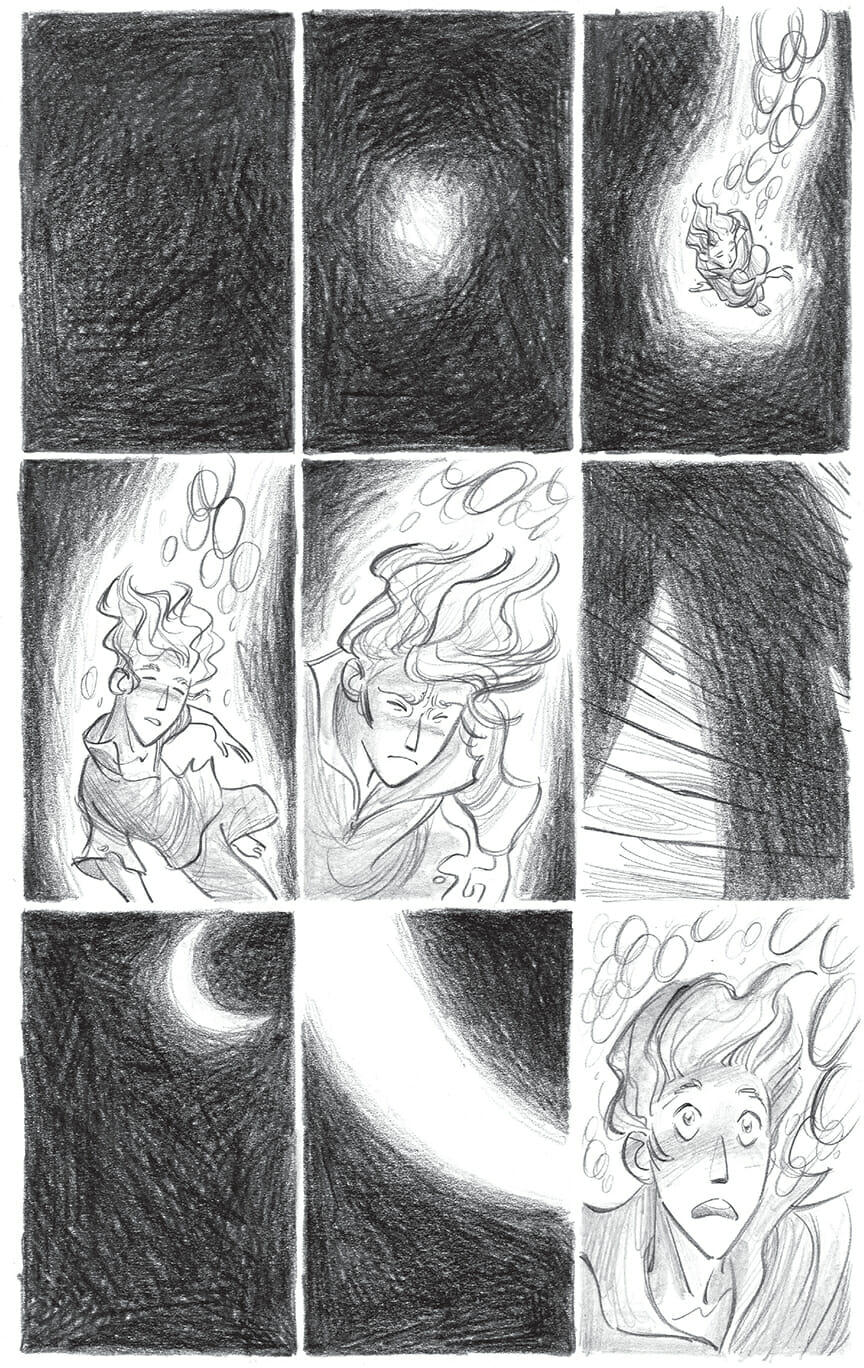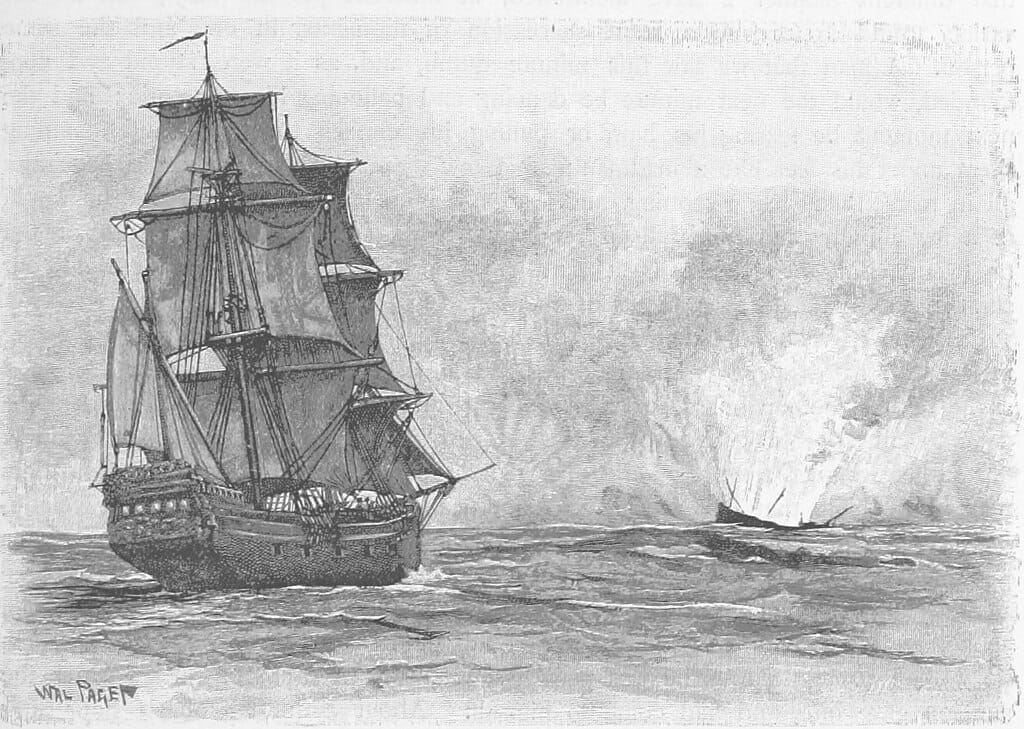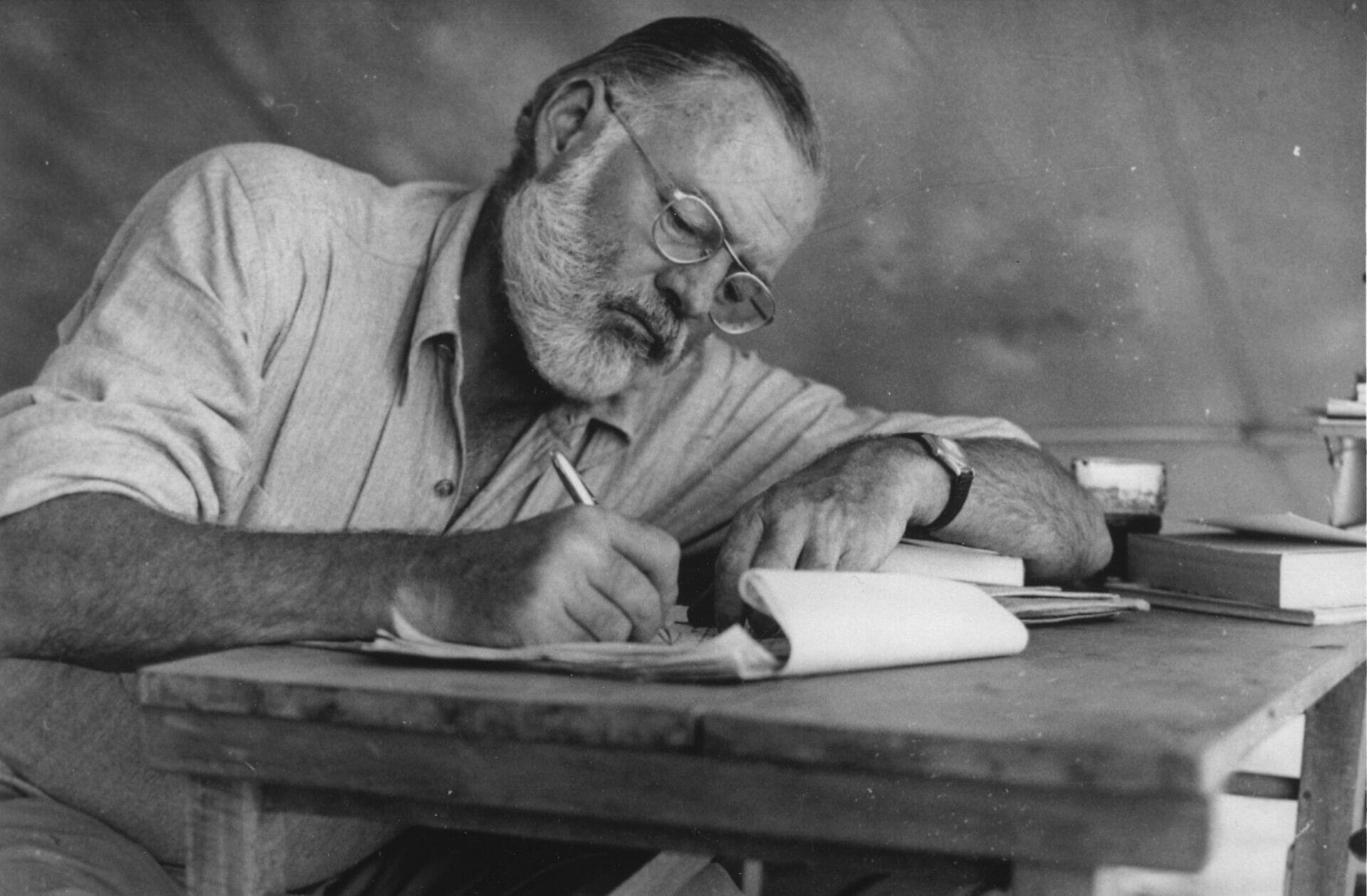
The Forbidden Harbor | A safe literary dock for lost humanity
Year
Format
“May the road rise to meet you, and the wind be always at your back. May the sun shine warm upon your face, and the rains fall soft upon your fields. And until we meet again, may God hold you in the hollow of His hand.” This Irish traditional blessing exemplifies this graphic novel in hiding, that conceals itself between words and drawings in an interpretation focused on several literary masterpieces. A tale of adventure, but also a story of an unreal, imaginary harbor, The Forbidden Harbor is a safe literary dock for people who don’t have a place in the world.
Written by Teresa Radice and Stefano Turconi, who also drew the story, The Forbidden Harbor was published in Italian by the publishing house BAO Publishing in 2015 and in English by NBM Publishing in 2019.
A story about lost humanity
In a sunny day in July 1807, some sailors find a young, unconscious man on a beach in Siam. His name is Abel, he survived a shipwreck and doesn’t remember anything about his life, nor why he was there. The seamen take him on board their ship: it’s the Explorer, part of the Royal Navy, where he becomes protégé of First Officer William Roberts. But soon it becomes clear that his past, his knowledge about sailing and his refined manners hide something.

The Explorer ends his journey at Plymouth, on the coast of England. There Abel gets accommodation at the Albatross Inn, an establishment run by the captain of the ship. He tries to have a quiet existence, but a series of events pushes him to deal with his amnesia.
His story is reconstructed through other characters’ lives. The inn itself turns out to be a harbor for lost people. Invisible to normal people, it attracts those who need a place to rest. While Abel discovers the lives of Plymouth’s inhabitants, it turns out a few of them have died, and yet somehow survived. They are people neither dead nor alive, sentenced to wander around the world.
The novel turns out to be a choral tale, where every story is part of a bigger one. Which is Abel’s story, and everyone’s story, since the truth about his life involves the other characters too. The Albatross Inn seems like a crossroads, where different stories meet and entangle, reminding the reader of Italo Calvino’s The Castle of Crossed Destinies or Neil Gaiman’s World’s End from The Sandman.
A safe literary dock
Excerpts by various great authors infuse The Forbidden Harbor‘s pages. Poems by Coleridge and Wordsworth, but also hints by Hemingway, Stevenson and Defoe blend in with mariner’s chants and sea legends. The literary masterpieces lead a narration that turns out to be a true romantic novel, rich in adventure, humanity and emotions. Sometimes a character directly quotes a poem, on other times quotations become part of the illustrations, expressing situations and feelings.
The Albatross Inn, but The Forbidden Harbor itself too, turns out to be a safe literary dock for lost characters. The reader feels like one of them, finding themselves on page after page. Just as the real harbor is a safe place for people who had trouble with the law and society, it is also a metaphorical anchor for whoever is looking for compassion. Literary masterpieces give a concrete form to inexpressible sentiments, becoming handholds for the reader. This setting, full of familiar references, becomes a metaphor of art itself as shelter for everyone facing a difficult time.

Pencil drawings and old-looking style
Even the book recalls old manuscripts, bound in leather, with an elegant title. Stefano Turconi chooses not to ink his drawings in, using just pencil lines. In a story of contrast, then contrasts there are too in the drawing style, light in the style and yet intense and thrilling. Lettering combines with illustrations, resulting in something easy to follow and never messy. Soft sketches alternate with others so detailed, that it seems even possible to see color in the greyscale. While the first ones are used for emotional scenes and memories, the latter depicts actions and landscapes.
There’s love and hate, sea and mainland, life and death, remembrance and forgetfulness. All elements telling a story bigger than just one single character or person, embracing a whole sea of lost humanity. The Forbidden Harbor won two eminent prizes: the Gran Guinigi (Best Graphic Novel at Lucca Comics) and the Attilio Micheluzzi prize (Best Comics at Napoli Comicon).
Tag
Buy a ☕ for Hypercritic









